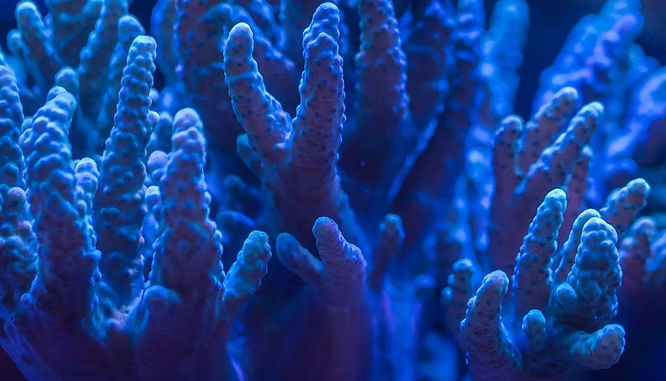Sunlight and Coral Reef Conservation
Preserving the world’s coral reefs requires attention to both underwater conditions and surface-level factors, according to recent research at Penn State. Maintaining water clarity is essential to protect coral biodiversity and prevent reef degradation.
Understanding Coral Symbiosis
Coral reefs are among the most biodiverse ecosystems on Earth. Researchers examined the role of sunlight in the symbiotic relationship between corals and algae, which provide the oxygen and energy corals need to survive.
The Role of Light Intensity
Underwater light intensity significantly affects the energy expended by coral symbiotic algae to maintain photosynthetic activity. While the importance of sunlight for life has long been understood, its specific impact on coral ecosystems had not been fully explored.
Developing a Biodiversity Model
The team created a mathematical model simulating coral growth in aquariums, accounting for depth and sunlight variations. The model describes how depth-dependent photosynthetic energy correlates with species diversity across coral communities.
Testing the Model
The model was tested against global datasets, comparing reefs with different water clarity levels and biodiversity patterns. It successfully explained 64% to 95% of depth-related variation in coral species richness, showing sunlight exposure is a key driver of diversity.
Key Findings
- Coral productivity is strongly influenced by sunlight and water clarity.
- Highly productive underwater environments help prevent species extinction.
- Maintaining water optical quality is as important as reducing pollution and thermal stress.
Practical Conservation Measures
Unlike some global environmental threats, optical pollution can be managed locally. Communities can protect water clarity by:
- Reducing sedimentation from human development
- Minimizing local pollution
- Encouraging sustainable coastal practices
According to the researchers, local actions to maintain water clarity are both feasible and impactful. Mitigating optical pollution allows communities to directly safeguard coral biodiversity while supporting global conservation efforts.
Conclusion
This study highlights the importance of underwater light in shaping coral reef biodiversity. Preserving water clarity emerges as a practical, actionable strategy that complements efforts to address larger threats like ocean acidification and climate-related thermal stress. By focusing on local water quality management, communities worldwide can contribute meaningfully to protecting coral reefs for future generations.

